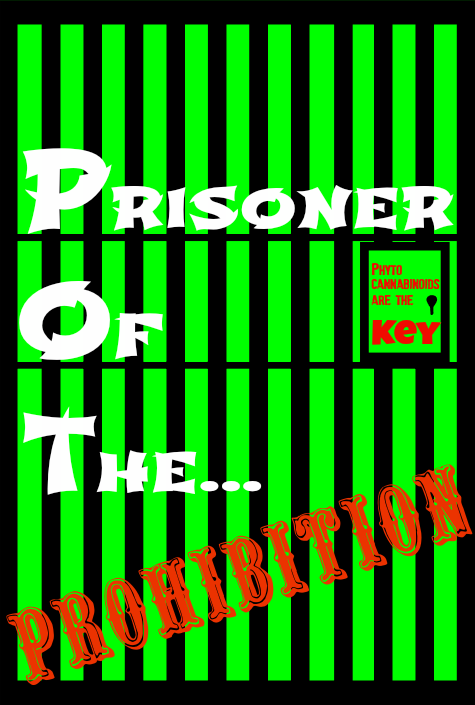2014 Jan 21;74C:524-532. doi: 10.1016/j.ejmech.2013.10.070. [Epub ahead of print]
 1,2-Dihydro-2-oxopyridine-3-carboxamides: The C-5 substituent is responsible for functionality switch at CB2 cannabinoid receptor.
1,2-Dihydro-2-oxopyridine-3-carboxamides: The C-5 substituent is responsible for functionality switch at CB2 cannabinoid receptor.
Lucchesi V1, Parkkari T2, Savinainen JR3, Malfitano AM4, Allarà M5, Bertini S1, Castelli F1, Del Carlo S1, Laezza C6, Ligresti A5,Saccomanni G1, Bifulco M4, Di Marzo V5, Macchia M1, Manera C7.
Abstract
The relevance of CB2R-mediated therapeutic effects is well-known for the treatment of inflammatory and neuropathic pain and neurodegenerative disorders. In our search for new cannabinoid receptor modulators, we report the optimization of a series of 1,2-dihydro-2-oxopyridine-3-carboxamide derivatives as CB2R ligands. In particular, N-cycloheptyl-5-(4-methoxyphenyl)-1-(4-fluorobenzyl)-pyridin-2(1H)-on-3-carboxamide (17) showed high CB2R affinity (Ki = 1.0 nM), accompanied by interesting Ki(CB1R)/Ki(CB2R) selectivity ratio (SI = 43.4). Compound 17 was also identified as a potent CB2R neutral antagonist/weak partial inverse agonist. Finally we found that the functionality activity of the series of 1,2-dihydro-2-oxopyridine is controlled by the presence of a substituent in position 5 of the heterocyclic nucleus. In fact when the hydrogen atom in position 5 of the unsubstituted compound 1 was replaced with a phenyl group (compound 18) the CB2R activity was shifted from agonism to inverse agonism whereas the introduction in the same position of p-methoxyphenyl group lead to compound 17 which showed a behavior as CB2R neutral antagonist/weak partial inverse agonist.
Copyright © 2013 Elsevier Masson SAS. All rights reserved.
Copyright © 2013 Elsevier Masson SAS. All rights reserved.
KEYWORDS:
CB1 receptor, CB2 receptor, CB2 receptor inverse agonist, CB2 receptor neutral antagonist, Cannabinoid
- PMID:
- 24518874
- [PubMed – as supplied by publisher]

